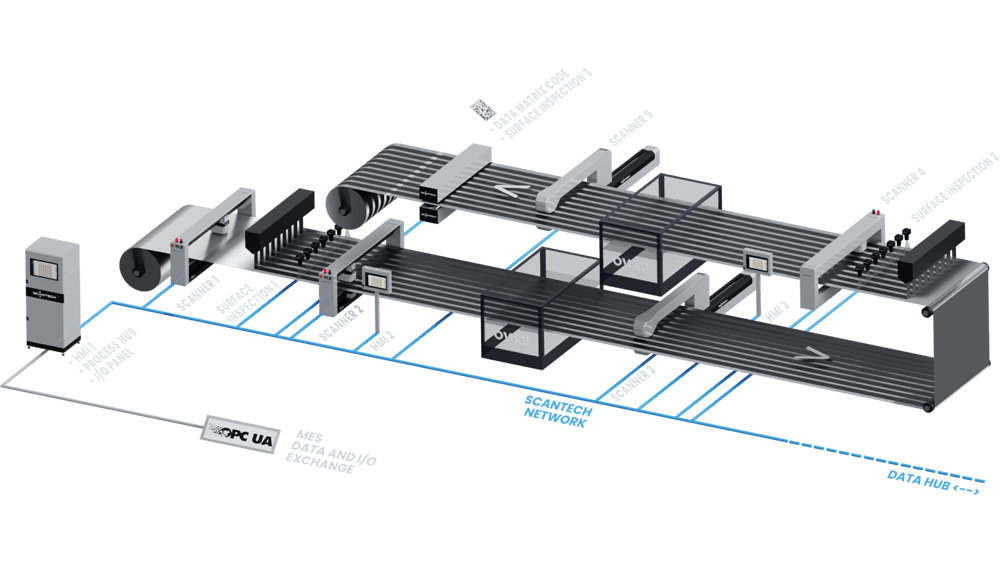
February 2, 2023
Cathode coatings play a critical role in the performance and safety of lithium-ion batteries. Ensuring that the coatings are of the correct thickness and uniformity is essential to ensure that the batteries perform as intended. Measuring the thickness and uniformity of the cathode coatings on a production line is essential to ensure the quality of the final product.
1. Confocal Microscopy: This technique uses a confocal microscope to visualize the cathode coating and measure its thickness. It is a high-resolution, non-destructive method, that uses lasers to scan the surface of the coating and create a 3D image. It is particularly useful in measuring very thin layers, and is able to measure with high accuracy and repeatability.
2. X-ray fluorescence (XRF) : this method is used to measure the composition and thickness of the cathode coating, it works by irradiating the sample with X-rays and measuring the fluorescence X-rays emitted by the sample. It allows to evaluate the uniformity of the cathode coating
3. Atomic Force Microscopy (AFM) : this is a high-resolution imaging technique that uses a micro-scale cantilever to scan the surface of the cathode coating in order to measure its topography and thickness.
4. Spectrophotometry: This technique uses light to measure the thickness and uniformity of the cathode coating. It is a fast and non-destructive method that can provide highly accurate results.
5. Eddy Current Testing : this method uses the principle of electromagnetic induction to measure the thickness of the cathode coating and detect potential defects by measuring variations in the coating’s electrical conductivity.
In conclusion, measuring the thickness and uniformity of cathode coatings on a production line is essential to ensure the quality and performance of lithium-ion batteries. Techniques such as Confocal microscopy, X-ray fluorescence, Atomic Force Microscopy, Spectrophotometry, and Eddy Current Testing can be used to accomplish this task, each with their own set of advantages and disadvantages. Confocal Microscopy, for instance, offers a high resolution and non-destructive way to measure the cathode coating. Choosing the right technique will depend on the specific requirements of the manufacturing process and the resources available. It’s important to have accurate and reliable measurements for cathode coatings to meet the performance expectations.
Measuring the thickness and uniformity of cathode coatings on a production line is essential to ensure the quality and performance of lithium-ion batteries.
“
Discover our measurement solutions for the CATHODE COATINGS manufacturing process.
Related Articles
Enhancing Aseptic Package Production
Optimize aseptic package production with Scantech’s advanced measurement solutions. Improve quality, productivity, and safety.
How to Calculate Density: Formulas, Examples, and Practical Tips
Density is a fundamental concept encountered in numerous fields of science and engineering, ranging from materials science.
Online Non-Contact Measurement: The Ideal Solution for Precise and Contact-Free Measurements
In a world where efficiency and precision are essential, Online Non-Contact Measurement has become a must-have solution for many industries.

